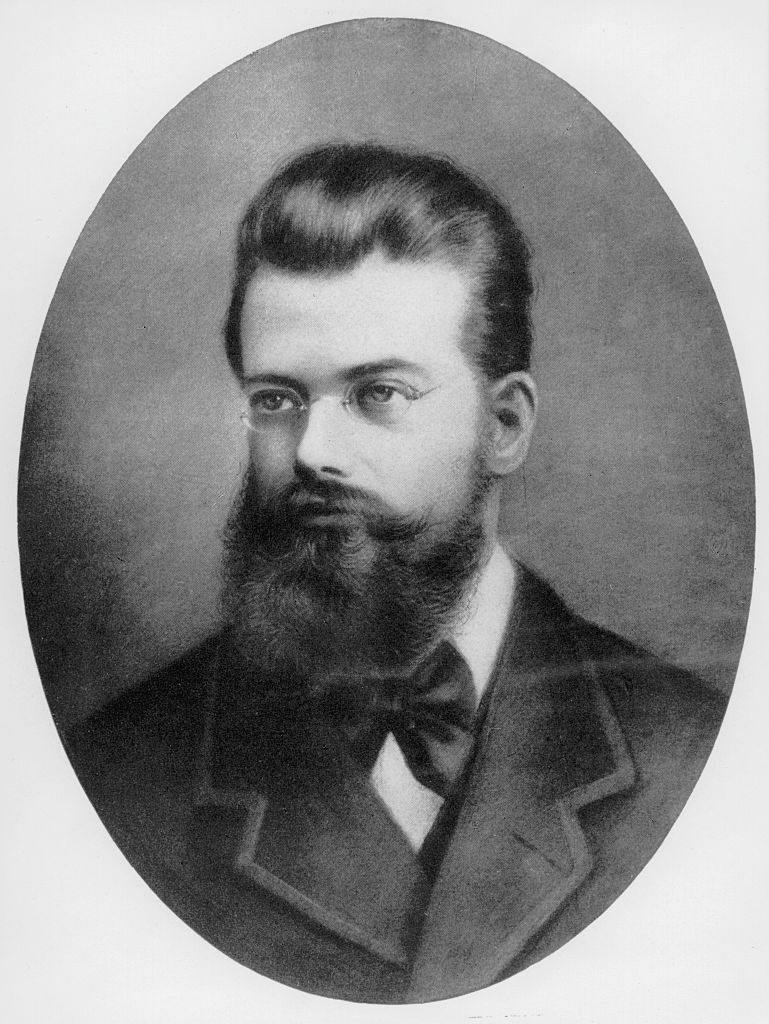Now, three mathematicians have finally provided such a result. Their work not only represents a major advance in Hilbert’s program, but also taps into questions about the irreversible nature of time.
“It’s a beautiful work,” said Gregory Falkovich, a physicist at the Weizmann Institute of Science. “A tour de force.”
Under the Mesoscope
Consider a gas whose particles are very spread out. There are many ways a physicist might model it.
At a microscopic level, the gas is composed of individual molecules that act like billiard balls, moving through space according to Isaac Newton’s 350-year-old laws of motion. This model of the gas’s behavior is called the hard-sphere particle system.
Now zoom out a bit. At this new “mesoscopic” scale, your field of vision encompasses too many molecules to individually track. Instead, you’ll model the gas using an equation that the physicists James Clerk Maxwell and Ludwig Boltzmann developed in the late 19th century. Called the Boltzmann equation, it describes the likely behavior of the gas’s molecules, telling you how many particles you can expect to find at different locations moving at different speeds. This model of the gas lets physicists study how air moves at small scales—for instance, how it might flow around a space shuttle.
Zoom out again, and you can no longer tell that the gas is made up of individual particles. It acts like one continuous substance. To model this macroscopic behavior—how dense the gas is and how fast it’s moving at any point in space—you’ll need yet another set of equations, called the Navier-Stokes equations.
Physicists view these three different models of the gas’s behavior as compatible; they’re simply different lenses for understanding the same thing. But mathematicians hoping to contribute to Hilbert’s sixth problem wanted to prove that rigorously. They needed to show that Newton’s model of individual particles gives rise to Boltzmann’s statistical description, and that Boltzmann’s equation in turn gives rise to the Navier-Stokes equations.
Mathematicians have had some success with the second step, proving that it’s possible to derive a macroscopic model of a gas from a mesoscopic one in various settings. But they couldn’t resolve the first step, leaving the chain of logic incomplete.
Now that’s changed. In a series of papers, the mathematicians Yu Deng, Zaher Hani, and Xiao Ma proved the harder microscopic-to-mesoscopic step for a gas in one of these settings, completing the chain for the first time. The result and the techniques that made it possible are “paradigm-shifting,” said Yan Guo of Brown University.
Declaration of Independence
Boltzmann could already show that Newton’s laws of motion give rise to his mesoscopic equation, so long as one crucial assumption holds true: that the particles in the gas move more or less independently of each other. That is, it must be very rare for a particular pair of molecules to collide with each other multiple times.
But Boltzmann could not definitively demonstrate that this assumption was true. “What he could not do, of course, is prove theorems about this,” said Sergio Simonella of Sapienza University in Rome. “There was no structure, there were no tools at the time.”
After all, there are infinitely many ways a collection of particles might collide and recollide. “You just get this huge explosion of possible directions that they can go,” Levermore said—making it a “nightmare” to actually prove that scenarios involving many recollisions are as rare as Boltzmann needed them to be.
In 1975, a mathematician named Oscar Lanford managed to prove this, but only for extremely short time periods. (The exact amount of time depends on the initial state of the gas, but it’s less than the blink of an eye, according to Simonella.) Then the proof broke down; before most of the particles got the chance to collide even once, Lanford could no longer guarantee that recollisions would remain a rare occurrence.


